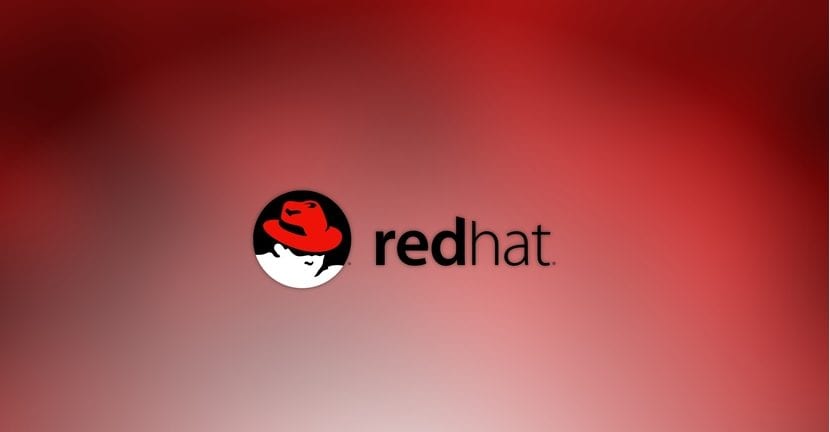
The first version of the 2017 maintenance version of the RedHat Linux distribution is now available. This distribution has released on August 1 the RedHat Enterprise Linux 7.4 version. A maintenance release or milestone of branch 7 of RedHat Enterprise Linux.
This version has quite a few new features regarding the performance, security and optimization of the operating system. Or at least that's what the development team of the version indicates. This version is the first of 2017, a version that entered beta on May 23 and that after the pertinent changes, the team decided to release the new version as stable.
RedHat Enterprise Linux is a distribution oriented to the business world and the server world. Here we will not find nice special effects or games, or problems with libraries or hardware compatibility. RedHat is an old distribution that has little GNU but does use the Linux kernel.
RedHat Enterprise Linux 7.4 improvement the performance of certain processes that the system administrator performs. He has also included a new program in the distribution called USB Guard that takes care of monitoring and scanning for any dangers that plug-play devices may cause the operating system. SELinux has been included so that it can work with OverlayFS, which greatly improves the performance and management of containers and other files. We will find more information about the changes in the release notes.
RedHat Enterprise Linux 7.4 is not a desktop version or a free version, for that we have Fedora. However, it is the mother distribution of Fedora and many other distributions, so knowing the news of this distribution will guide us on the news that Fedora and its derivatives will have in the not too near future. In addition, since it is a paid distribution, or rather, with cost, the users of this distribution will have already received more comprehensive information on RedHat Enterprise Linux 7.4. In any case, it seems that RedHat still has a lot to say in the Linux world Do not you think?
How is it not GNU?
Didn't it have gdb, glibc, gcc, gtk, gnome, etc?
Don't they publish the source code? Where else do centos and scientific linux come from?
Redhat today may be the main contributor to free software in the world, practically flatpack, kvm, selinux, gnome, wailand and systemd exist thanks to redhat, they are the main maintainers of almost all the technologies used today in linux, yes something defines redhat is precisely that they have licensed all that lot of contributions as GNU and that is why linux is what it is today. GNU is not gratuitous, it is to share the code freely and in that they can give lessons to more than one. And I say it as an Ubuntu user (His arch enemy for fanboys)